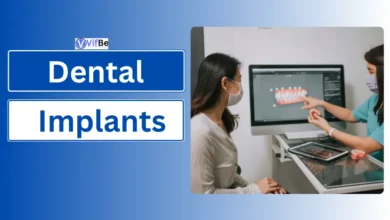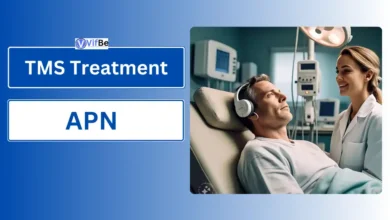Post Menstrual Syndrome: Causes, Symptoms, and Treatment Options
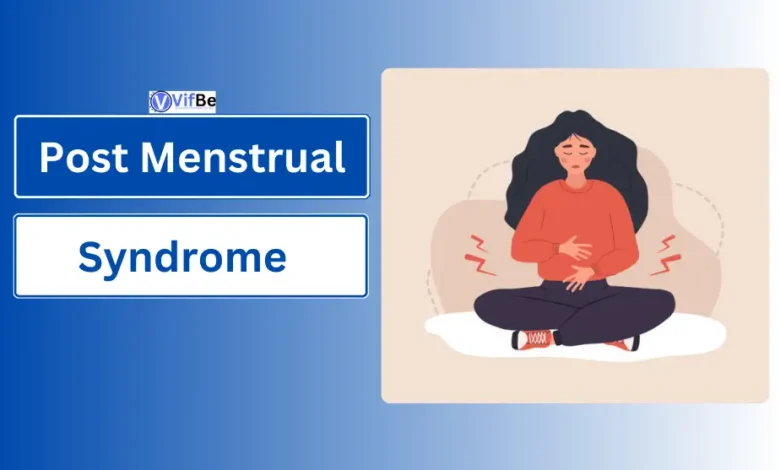
Post Menstrual Syndrome (known often as PMS) is a condition wherein physical and emotional symptoms develop post menstruation. Hormonal fluctuations, stress or underlying health conditions can all trigger it. Symptoms include fatigue, mood swings, bloating and headaches.
Post Menstrual Syndrome (PMS) is what
Post Menstrual Syndrome (PMS) is the broad term that encompasses a number of physical and emotional symptoms that will begin in the days following a period. The severity can vary, but symptoms are enough to bring discomfort and disrupt daily activities.
Causes of Post Menstrual Syndrome
The causes of Post Menstrual Syndrome are not well understood but thought to be related to hormonal changes, especially the progesterone drop after periods finished. Besides, stress, lifestyle and genetics are potential other factors beside hormones that can cause an onset as well as the intensity of PMS symptoms.
Symptoms of Post Menstrual Syndrome
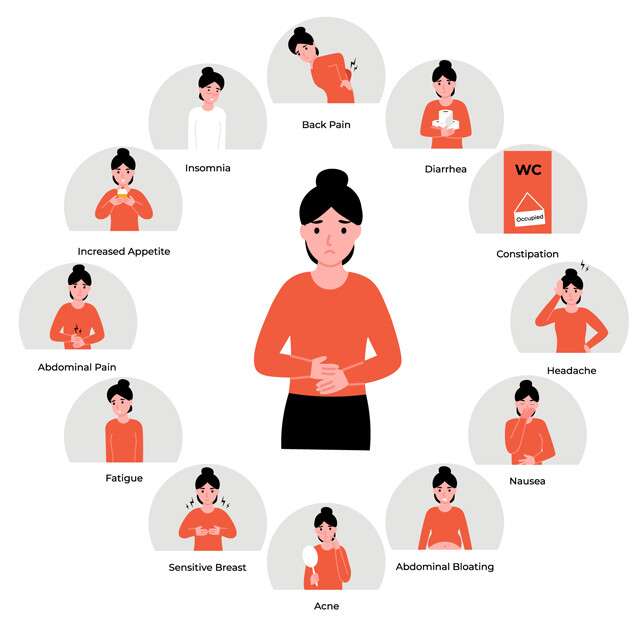
Post Menstrual Syndrome may have both physical symptoms including fatigue, bloating, mood swings, irritability, etc and emotional symptoms such as fatigue, bloating, mood swings, irritability, etc. These symptoms happen during the second half of one’s menstrual cycle.
Physical Symptoms
- Fatigue
- Headaches
- Breast Tenderness
- Bloating and Weight Gain
- Acne
- Muscle or Joint Pain
- Back Pain
- Digestive disorders (Constipation or Looseness of the bowels)
- Sleep Disturbances
- Cravings for Certain Foods
Emotional Symptoms
- Fears – Nervousness or worry.
- Negative feelings such as hopelessness or sadness are known as depression.
- Unexplained crying or emotional outbursts are tearfulness.
- Irritability – Rearing irritably or easily angered.
- Feeling drained – emotionally or in terms of energy.
- Heightened emotional sensitivity to stress or criticism – Sensitivity
How to diaganose Post Menstrual Syndrome
Post Menstrual Syndrome (PMS) is diagnosed based on the symptoms and their timing with respect to the menstrual cycle. Medical history, symptom tracking and ruling out other conditions are what healthcare professionals traditionally depend upon
Getting Diagnosed
Post Menstrual Syndrome must be monitored over a few cycles to get diagnosed. Your doctor will look at how severe and how often you experience mood swings, fatigue, and physical stuffiness. Accurate diagnosis will provide targetted treatment in which symptoms are managed and quality of life is improved.
PMS vs. Menopause
| Aspect | PMS | Menopause |
|---|---|---|
| Age | Reproductive age | Around 50 |
| Duration | Few days | Several years |
| Symptoms | Cramps, mood swings | Hot flashes, night sweats |
| Hormones | Fluctuate | Decrease significantly |
| Treatment | OTC meds, lifestyle | HRT, lifestyle |
Menstrual Syndrome Treatments Post
Symptoms of Post Menstrual Syndrome (PMS) can include many, putting your daily life on hold. However, there is more than one course of action to combat this sensation. Whether it’s natural remedies or medical treatments.
Natural Remedies
Natural remedies work for many of the women who suffer Post Menstrual Syndrome. Reduces symptoms by drinking herbal teas such as chamomile and ginger and a balanced diet with vitamins. Easing discomfort entails of course regular exercise such as, yoga, and adequate hydration.
Medical Treatments
If it’s a more severe case of Post Menstrual Syndrome then treatments might be needed. As the physical and emotional symptoms of PMS can be unpleasant, doctors may recommend hormonal therapies, pain relievers or antidepressants.
Lifestyle Changes for Relief
| Change | Benefit |
|---|---|
| Exercise Regularly | Helps reduce stress and manage PMS symptoms |
| Balanced Diet | Supports hormonal balance and mood stabilization |
| Adequate Sleep | Improves overall health and reduces fatigue |
| Stress Management | Reduces anxiety and physical tension |
Stress Management
This paper establishes that in order to combat PMS, stress management is a critical factor. Yoga, meditation or deep breathing exercises help to lessen anxiety or even depression that may sometimes be symptoms of PMS.
Drugs for Post Menstrual Syndrome
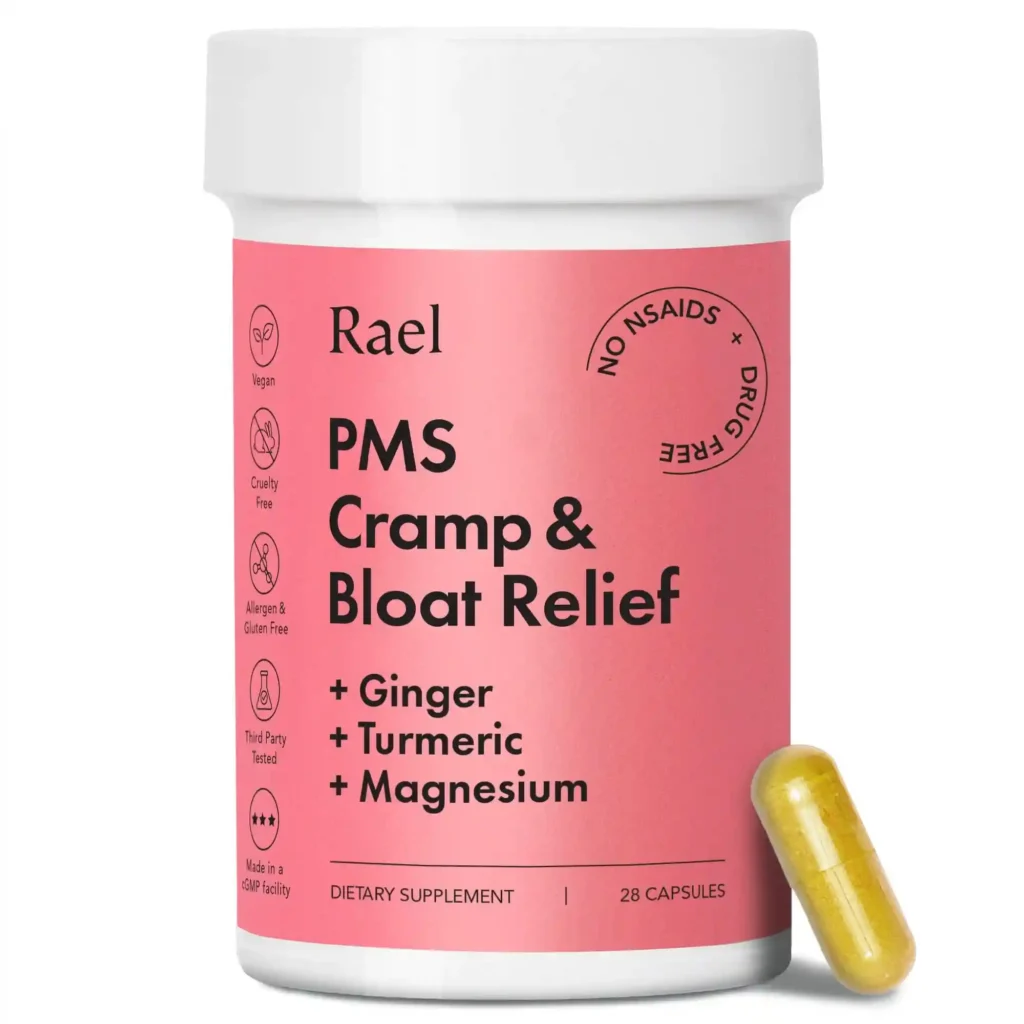
Substances are prescribed to treat some of the rampant symptoms that are associated with Post- menstrual Syn drome (PMS). These range from non-prescription drugs and prescription drugs that will help in eradicating pain, mood swings, and bloating.
Some OTC and Prescription Medications
common analgesics like Ibuprofen and Paracetamol could be taken to management minor PMS complaints including stomach discomforts and headaches. In intermediate and severe situations, doctors may recommend hormonal therapies, antidepressants or diuretic medicines.
Handling Emotional Symptoms
PMS (Post Menstrual Syndrome) can lead to emotional upheaval; coupled with mood swings, irritability and anxiety. Knowing these emotional symptoms, and how to deal with them will at least help to decrease their effect.
Managing Mood Swings
Post Menstrual Syndrome (PMS) is a common cause of mood swings. This shift in emotion might be intense but knowing what the triggers are and practicing relaxation technique such as deep breathing or light physical activity can minimize it’s intensity. They also say that consistent, balanced sleep patterns .
Preventing Post Menstrual dys dearth
It cannot always be prevented from Post Menstrual Syndrome (PMS), but we can lessen its severity by making some changes. Maintaining hormonal balance requires regular exercise, a nutrient rich diet and hydration. With these habits, people are likely to have PMS symptoms less frequently or less seriously.
Prevention Tips
Maintaining a healthy lifestyle will help prevent or reducing the occurrence of Post Menstrual Syndrome (PMS). In addition, eating foods that are rich in vitamins B6 and magnesium, as well as having a healthy amount of stress managed through activities such as yoga, and still being active physically is also included.
Treatment Of Post Menstrual Syndrome

PMS can seriously disrupt a woman’s life, but there are effective treatment options. Symptoms of mood swings, fatigue, and physical discomfort can be managed by different approaches—all the way from natural remedies to medical interventions.
Natural Treatments
Here is where Post Menstrual Syndrome is looked at as mainly a natural treatment moved by changes in lifestyle, diet alteration and herbal augmentations. Including regular exercise, yoga and mindfulness meditation will reduce stress and balance hormones.
Medical Treatments
In such cases i.e. the more severe cases of Post Menstrual Syndrome, medical treatments may be required. Treatment for PMS, such as hormonal therapies, antidepressants and pain relievers can be prescribed to address the actual causes of PMS symptoms.
Conclusion:
Overall, Post Menstrual Syndrome (PMS), also known commonly as P.C.O.D (premenstrual am criticism of disorder), is a very common condition in the days following your period that many women suffer from. It’s important to know how PMS manifests itself and why it occurs.
There are many solutions: some natural and others medical, with many women finding relief and being able to improve their overall well being.
FAQ Related: Post Menstrual Syndrome
What is Post Menstrual Syndrome (PMS)?
The term Post Menstrual Syndrome includes such physical and emotional symptoms as mood swings, fatigue and discomfort that women undergo after their period.
What causes Post Menstrual Syndrome?
PMS occurs when hormonal levels increase and decrease rapidly; scientists don’t know why this happens, but there are high levels of stress and lifestyle factors that are thought to contribute to it.
Are there natural treatments for Post Menstrual Syndrome?
Of course, natural treatments are things like regular exercise, a healthy diet, herbal supplements and things like yoga when it comes to stress reducing practices.
When should I see a doctor for Post Menstrual Syndrome?
But if symptoms are severe and/or interfere with your daily activity, see a healthcare provider to get advice and be treated.

